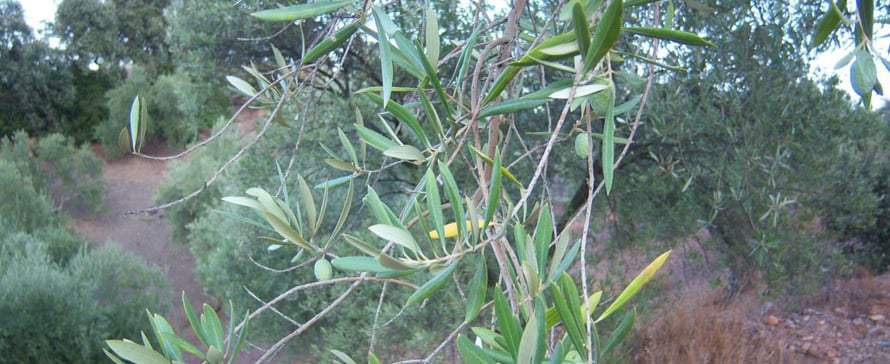Listen to this article
Apart from CO2, water and sunlight, plants need mineral nutrients for their metabolism. Without these nutrients, the plant cannot complete its life cycle. The root is the organ that absorbs mineral nutrients. Nevertheless, in farming, we also take advantage of the ancient capacity of leaves to absorb small quantities of nutrients to apply them as foliar fertilizer. Adding these minerals is known as fertilization. It is a question of bringing the quantity and proportion of nutrients to bring out the highest economic profits, which is the difference between the increased value of the harvest and the cost of the fertilizer.
With nutrition, if the plant has one nutrient in significantly less quantity and proportion than the other nutrients, it won't make any difference how much of the other nutrients we add - the output will not increase. This is the law of minimums.
Nitrogen is the structural nutrient par excellence, since it forms part of the amino acids, which are structural pillars of proteins. It is an indispensable nutrient for producing growth structures, whether it is for roots, branches, blossoms, or fruit. The highest need for nitrogen is between the time of sprouting and the hardening of the pit, so during this time from spring to summer, is when nitrogen needs to be provided for the olive tree, because this will seriously affect the harvest of this year and the following year.
The absorption of nitrogen by the roots occurs mainly between blossoming and hardening of the pit, but the highest need is right after sprouting, so we need to make sure with the fertilizer from the previous harvest and the supply of foliar nitrogen at blossom, that the foliar levels are kept at the proper and most consistent level possible so as not to compromise the sprouting, blossoms, and fruit setting.
When the level of nitrogen is not right, sprouting is slow, and produces short sprouts with small leaves and few lateral sprouts. The inflorescences will be short and have few fertile blossoms, with poor fruit settings. There will be great leaf loss since the olive tree desperately recycles the nitrogen in them. In contrast, excessive nitrogen will make the olive tree grow too thick, and be more sensitive to plagues and diseases, need more water, etc.
For more insights into optimizing your olive tree's nutrition, explore our article covering the importance of maximizing light exposure for olive tree leaves.
Discover more about the world of olive oil on our website. Click here!
We conclude as always, with Bill Gates and his response when asked where he would invest his money, to which he responded directly and decisively: "invest in your education". In other words, the founder of Microsoft believes that the best investment is to invest in one's own education.
.png)




